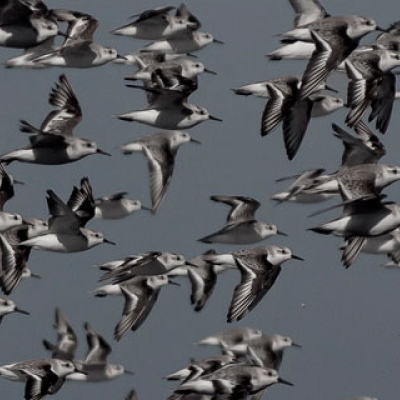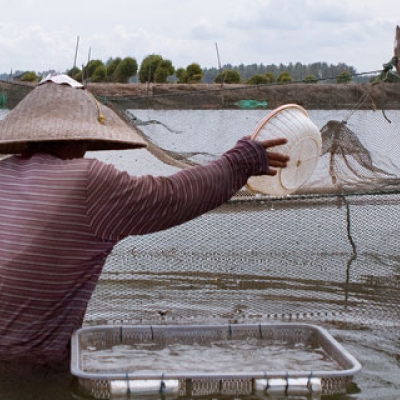
Return to the Mangroves
By Kennedy Warne / On March 2nd, 2011
In May 2009 I set out on a two-month “state-of-the-forests” mangrove tour of the Americas. I wanted to document the plight of mangroves in the region and assess the impact of their loss on the thousands of coastal people who rely on these forests for food, shelter and livelihoods.





